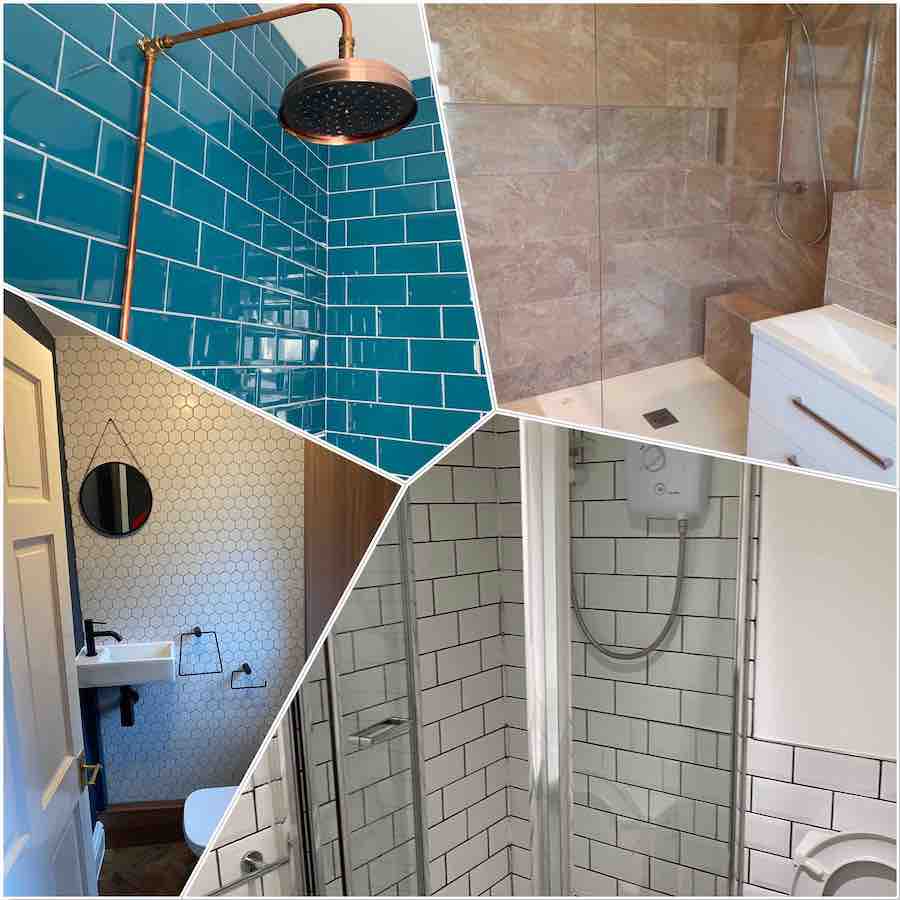From Ancient Art to Modern Mastery: A Journey through the History and Manufacturing of Tiles
Tiles, with their rich history and versatile applications, have been an integral part of architectural and artistic expression for centuries. From the earliest civilizations to the modern era, the evolution of tiles reflects not only advancements in technology but also the enduring appeal of this timeless material. In this article, we’ll embark on a journey through the history of tiles, explore the manufacturing process, and highlight some of the biggest manufacturers and most renowned tile brands.
A Glimpse into the History of Tiles:
Ancient Beginnings:
- Tiles have a storied history dating back to ancient civilizations such as Mesopotamia and Egypt, where they were crafted from clay and adorned with intricate designs.
- The Greeks and Romans elevated tile artistry, introducing vibrant colors and geometric patterns, with mosaics becoming a popular form of expression.
Islamic Influence:
- Islamic tilework, characterized by geometric patterns and calligraphy, left an indelible mark on tile design during the medieval period.
Renaissance Revival:
- The Renaissance saw a resurgence of interest in classical aesthetics, leading to the revival of ancient tile-making techniques in Europe.
Industrial Revolution:
- The Industrial Revolution brought about significant advancements in tile manufacturing, with the production process evolving from handmade to mechanized.
Art Nouveau and Art Deco Movements:
- The late 19th and early 20th centuries witnessed a shift towards intricate and decorative tiles, influenced by the Art Nouveau and Art Deco movements.
Manufacturing Process:
1. Raw Material Preparation:
- Tiles are primarily made from clay, which is mined, refined, and blended to achieve the desired composition.
2. Shaping:
- The clay mixture is shaped into tiles through various methods, including extrusion, pressing, or molding.
3. Drying:
- The formed tiles undergo a drying process to remove excess moisture, enhancing their strength and stability.
4. Glazing:
- Glaze, a liquid glass-like coating, is applied to the surface of the tiles to add color, texture, and protection.
5. Firing:
- Tiles are fired in kilns at high temperatures to vitrify the clay and fuse the glaze, resulting in a durable and finished product.
6. Sorting and Packaging:
- Tiles are sorted based on quality, size, and design before being packaged and prepared for distribution.
Biggest Manufacturers and Renowned Brands:
1. Mohawk Industries:
- As one of the world’s largest flooring manufacturers, Mohawk produces a wide range of tiles under various brands, including Daltile and American Olean.
2. Porcelanosa Group:
- A global giant in the tile industry, Porcelanosa is known for its high-quality ceramic and porcelain tiles, as well as kitchen and bathroom solutions.
3. RAK Ceramics:
- Based in the UAE, RAK Ceramics is a leading player in the global ceramics industry, producing a diverse range of tiles and sanitaryware.
4. Marazzi:
- Renowned for its innovative and design-centric approach, Marazzi is a prominent Italian manufacturer of ceramic and porcelain tiles.
5. Johnson Tiles:
- Operating for over a century, Johnson Tiles is a well-established brand with a reputation for quality and innovation in tile production.
Conclusion:
Tiles, with their enduring legacy and adaptability, continue to be a timeless medium for artistic expression and practical application. From the ancient civilizations to the present day, the art of tile-making has evolved, with modern manufacturers embracing technology to produce an extensive array of designs and styles. As we marvel at the intricate patterns adorning historical landmarks and walk upon contemporary tile installations, we witness the seamless blend of tradition and innovation that defines the fascinating world of tiles.
If you need tiling experts in Manchester, feel free to contact Tiling experts, Kitchen renovators, Bathroom remodeling in Manchester
